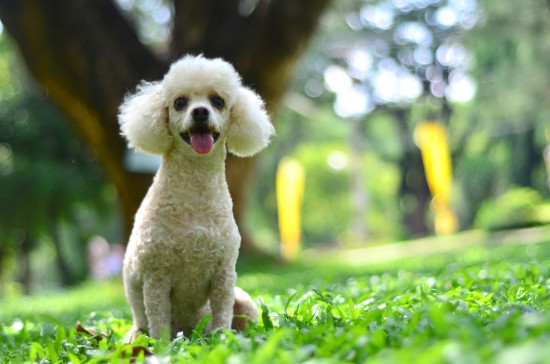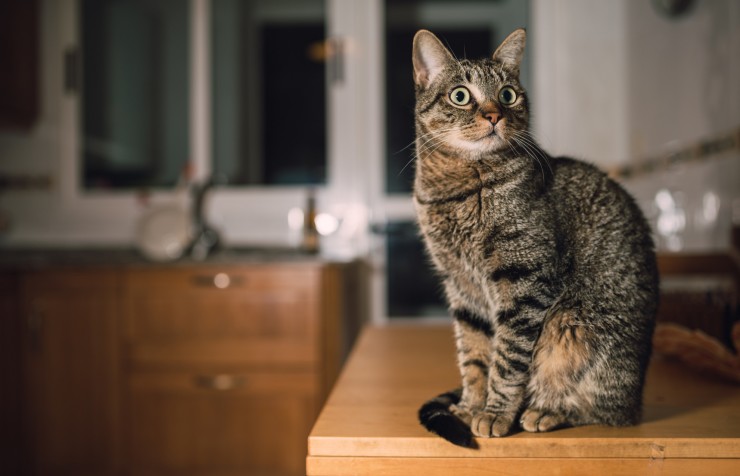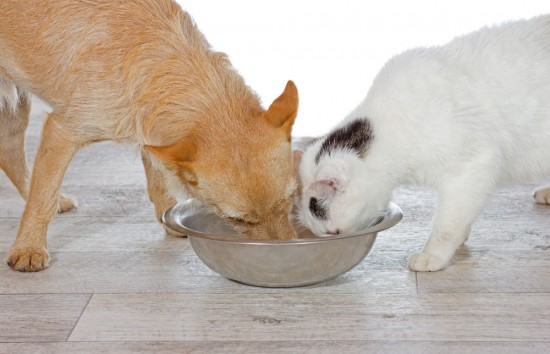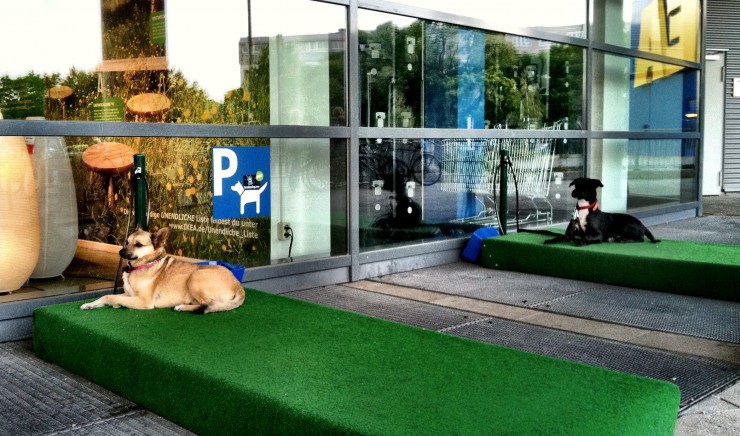
Just because your horse is older does not mean he is ready to retire and not get ridden. Even aging equines need exercise. Not to mention the fact that they get bored doing nothing if they were active in their day. Aging horses still have sharp minds and although the body may not be keeping up as well as it once did - they appreciate being useful. Being ignored and left alone can lead to depression in a once active horse.
With older usually come arthritis, and while it can slow them down, there are exercises to help him regain his condition. Take him out of retirement and give him regular exercise - not the rodeo style kind, but gentle, tailored to his condition style exercises. The muscles around his joints will benefit by being strengthened and help protect the joints from stress. It's a known fact a conditioned horse usually has significantly thicker and healthier cartilage than an unfit equine. The major reasons to take him out of retirement and give him some pep? Regular exercise works wonders for his attitude, appetite, digestion and general well being. He's been your companion for so long, he deserves the best.
Before you start your rejuvenation program, have your hose Vet checked and talk to your farrier. This will give you and idea of any limitations you may need to work with. Proper trimming and shoes are extremely important when starting the older horse on an exercise routine. Preventive shoeing and trimming helps minimize concussive shock, aids flexion and extension, and alleviates lameness/ unevenness of gait.
Exercise should always start out slow and easy, a walk for 10 minutes, a slow trot, a walk, some turns and circles, some easy uphill work. When you first take him out, it will have to be for a shorter period of time to get him used to being out again. Over a period of time, based on his response, you can increase the duration of the exercises. Even if you walk and trot him by hand, he will enjoy the change of scenery.
Throw in some passive stretching exercises as well. For instance, pick up the affected leg, gently bend and straighten it - about ten times per joint. Try to do this about 3 - 4 times a day. This assists cartilage and soft-tissue healing and decreases scar-tissue formation.
Speaking of stretching, get your senior to do flexing exercises as well. Encourage them to reach as far as they can to either side. Tempt with treats and get them slowly into the longest neck stretch you can. They will be stiff at first, but with persistence they will loosen up.
Check your senior's diet and make sure he's getting the right dietary supplements in the right amounts. Don't assume his feed provides everything he needs. Check this with your Veterinarian. The large-intestinal function changes as your horse gets older, and they need higher-quality protein, alternative forms of roughage and supplemental vitamin B. Commercial senior feed is good for the older horse who cannot maintain weight. Just watch the deadly mixture of not enough exercise and too much rich food or you may wind up with a portly horse.
 Does The Poodle Make A Good Family Dog?
Does The Poodle M
Does The Poodle Make A Good Family Dog?
Does The Poodle M
 Keeping Your Cat Off Worktops And Counters
Keeping Your Cat
Keeping Your Cat Off Worktops And Counters
Keeping Your Cat
 How To Feed Individual Diets In A Multi-pet Household
How To Feed Indiv
How To Feed Individual Diets In A Multi-pet Household
How To Feed Indiv
 The 3 Most Important Things to Remember About Training Your Puppy
The 3 Most Important Things to Remember About Training Your Puppy
 Will Ikea Dog Parking Bays Take Off In The Uk?
Will Ikea Dog Par
Will Ikea Dog Parking Bays Take Off In The Uk?
Will Ikea Dog Par
Copyright © 2005-2016 Pet Information All Rights Reserved
Contact us: www162date@outlook.com